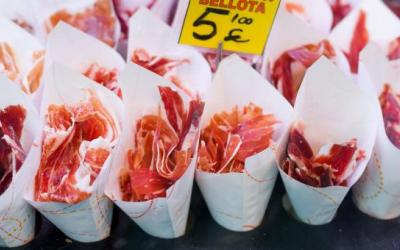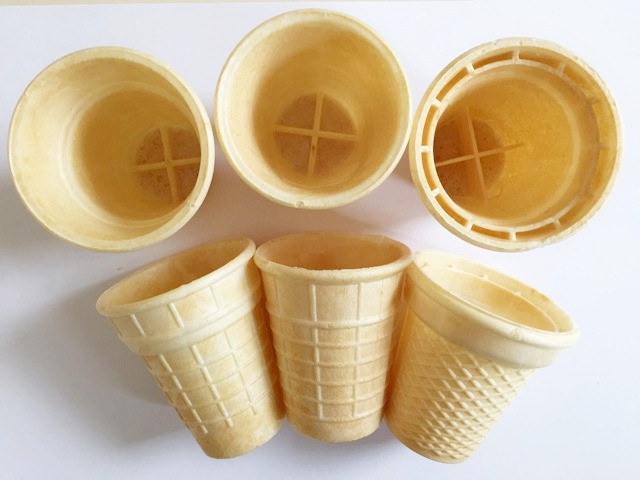State regulation of livestock export hurts Kazakh farmers
One of the major suppliers of breeding stock to Kazakhstan is the Czech Republic. A small country with a population of just over 10 million people has, according to official figures, 600,000 heads of beef cattle. And at the same time, he is not afraid of exports, reports inbusiness.kz.
The confidence of the Czechs in their own food security with intensive exports is quite understandable. Animals are sold by local farmers at a favorable price.
“We are not afraid of a shortage of livestock. If there is a demand at good prices, then this will be an incentive for our farmers to increase their livestock and earn money, ”said Kamil Malat, Executive DIRECTOR of the Czech Beef Cattle Association, during the LEPSI-2022 beef cattle exhibition in Kazakhstan.
Another positive example of the development of beef cattle breeding is Romania. There, the formation of the industry began almost simultaneously with Kazakhstan, in the period from 2008 to 2012. However, the Romanians were far ahead of us. Thus, according to the Romanian Angus Breed Association, with an import of 40 thousand heads, there are more than 111 thousand breeding Angus in the country today. This country actively promotes its livestock in foreign markets, exports breeding stock, including to Kazakhstan.
In our country, industry representatives say, the situation is close to critical. There are more than 8 million cattle for 19 million people. At the same time, Kazakhstan introduced a ban on the EXPORT of live commercial and pedigree livestock. The reason is the fear of a shortage in the domestic market. State regulation hurts farming, as the profitability of animal husbandry is lost. So, according to the MEAT Union of the Republic of Kazakhstan, with a constant increase in meat prices, the purchase prices for live cattle from farmers remain in place after the introduction of the export ban - around 700 tenge per 1 kg of live weight. There are no worthy sales markets, and therefore profitability.
Subsidies could help here, but farmers do not see fair numbers. Here again you can compare with Western colleagues in the industry. According to the Angus Association of Romania, subsidies there for 1 HEAD of cattle per year are about 220 euros, that is, more than 100 thousand tenge. While a Kazakh farmer receives 10 thousand tenge per head per year for selection and breeding work, that is, 10 times less.
“The rejection of exports and imports in the beef industry is a misunderstanding of the industry's capabilities. For example, the United States exports about 92 million head of cattle per year, importing about the same. This is not the export of our own raw materials, but filling the domestic market with the necessary products,” said Roman Kostyuk, a Russian expert and director of the National Union of Beef Producers, during the forum.
Meanwhile, it is in the beef cattle breeding that Kazakhstan has a huge potential. The same idea was expressed by another foreign expert who took part in the forum, Frank Graves.
“No matter where the beef producers are located, in what geolocation, in what part of the world, our ultimate goal is to get the most amazing meat. Kazakhstan has the largest potential in the world for the production of beef using land and feed,” an American specialist who has worked in the industry for many years expressed his opinion.
However, Kazakh farmers note that so far there is no need to talk about the realization of this potential. Since at the moment the question is not about development, but rather about the survival of the industry.



























































